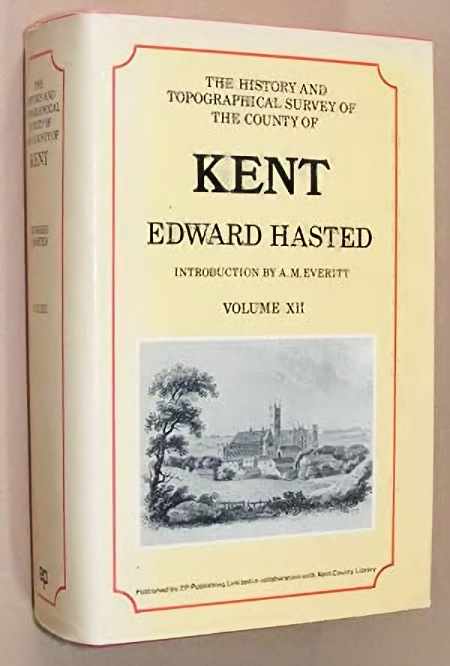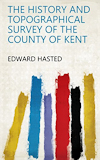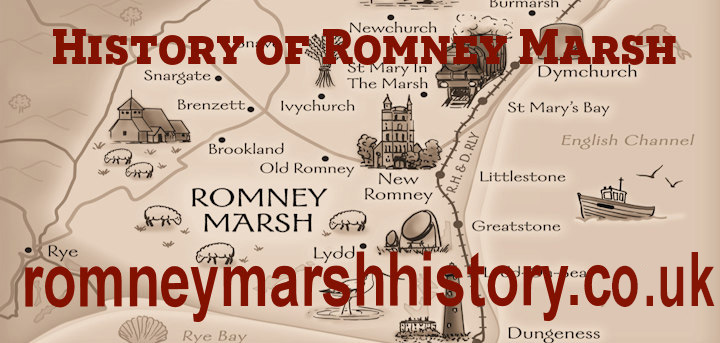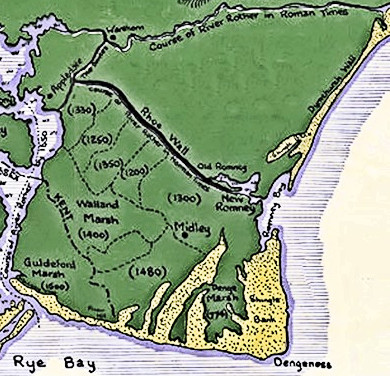The History and Topographical Survey of the County of Kent By Edward Hasted
A general account of the history, topography and natural history of the county of Kent, as described in 1799.
The history and topographical survey of the county of Kent. Containing the ancient and present state of it, civil and ecclesiastical; collected from public records, and other authorities, illustrated with maps, views, antiquities, etc.
Volume 8 contains much information about Romney Marsh, and its towns and villages.
It was originally published by W Bristow, Canterbury in 1799.
Edward Hasted (1732 - 1812) was an English antiquarian and pioneering historian of his ancestral home county of Kent. As such, he was the author of the major county history, 'The History and Topographical Survey of the County of Kent (1778–99)'
Use the index below to find out about Romney Marsh and its villages in 1799.

Hasted was born in Lombard Street, London, the son of Edward Hasted (1702–1740) of Sutton-at-Hone, near Dartford, Kent by his wife, Ann Tyler. His grandfather, Joseph Hasted (1662–1732), had been employed as chief painter at the Royal Navy's Chatham dockyard, but he was also a skilled financier and amassed a considerable private estate and income.
Hasted's father, Edward, became a wealthy barrister, and the young Edward Hasted was educated at Darent (1737–40), The King's School, Rochester (1740–44). From there, he went to Eton College (1744–48), and a school in Esher (1748–50). After completing his education, he was a student for a short time at Lincolns Inn, although he was not called to the bar.

Edward Hasted
Hasted returned to his parent's home in Sutton-at-Hone, and, in July 1755, married Anne, Dorman, the daughter of a neighbour. In May 1766, he was elected a Fellow of the Royal Society. Hasted acquired The Knights Hospitaller's manor house of St. John's Jerusalem, and it was here that he wrote his magnum opus. He attended the local church regularly, and also sat on the West Kent Quarter Sessions bench at Maidstone.
The couple had two daughters and five sons, one of whom was also named Edward. In 1770, they moved to Canterbury, where they lived until 1789, by which time his finances were in total confusion. Although he sold off some of his estates, he sank deeper into debt. In 1790, he left his wife Anne, and fled to France with another woman. There he remained until the war with Napoleon drove him back home and into debtors' prison for almost seven years.
Released in 1802, Hasted lived in poverty for five years until he was given the Mastership of Lady Hungerford's Almshouse in Corsham, Wiltshire, by his friend William Bouverie, 1st Earl of Radnor. Hasted remained Master of the Almshouse from 1807 until his death in 1812, aged 79.






















 Red Dragon I.T. Ltd.
Red Dragon I.T. Ltd.
